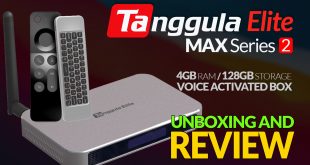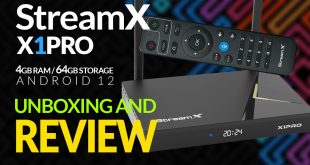Basic setup
The setup described here is the simplest one, using just the USB ports on the board and a television or digital monitor. If you’re a total beginner this page should help you out…
You will need:
- USB keyboard and mouse.

- Prepared SD card (see below).

- HDMI or composite television, OR a monitor with DVI or HDMI input, and an HDMI/composite cable.

- Micro USB power supply – make sure you use a good quality one, capable of providing at least 700 mA at 5 V. Do not attempt to power your Raspberry Pi by plugging it into a computer or a hub.

- Ethernet LAN cable (optional).


You will need an SD card with an operating system pre-loaded before you can boot the Raspberry Pi. A brand-name (not generic) Class 4 card of 4GB or more is recommended. To obtain an SD card image, and for instructions on how to flash an SD card from a Linux or Windows PC, please refer to http://www.raspberrypi.org/downloads. We recommend that developers use the Raspian “wheezy” image, which includes Python, gcc, and a range of example applications.
Digital audio is available via the HDMI connector. Analogue stereo audio is available from the 3.5 mm jack. To boot the Raspberry Pi, connect the monitor, mouse and keyboard, insert the preloaded SD card and plug in the power. If you have inserted the Ethernet cable, the device will attempt to acquire a DHCP lease at start-up You can login with the username and password on the downloads page. For superuser privileges, “sudo” does not require a password. Once you are logged in, you can start the X window system using the “startx” command.
Kernel sources and a cross-compiling tool-chain for use on an x86 Linux PC are available at https://github.com/raspberrypi.
Example code for OpenGL ES, OpenMAX and other multimedia APIs is available in the directory /opt/vc/src/hello_pi.
Forthcoming updates
New SD card images are released regularly at http://www.raspberrypi.org/downloads. Major areas of on-going optimization include offloading the X window system to the GPU, which will speed it up considerably. None of the browsers for Raspbian “wheezy” support HTML5, and there is currently no Flash support, so unfortunately you cannot watch YouTube videos; we’re investigating HTML5 solutions. (If you’re desperate to watch YouTube, you’ll need to put XBMC, Raspbmc or OpenELEC on an SD card – visit our forums to learn more.) There is currently no Java Virtual Machine (JVM) included in the default file system; we will address this in a future release.
 XC Techs Knowledge Base We Are Here to Help You In Style
XC Techs Knowledge Base We Are Here to Help You In Style


